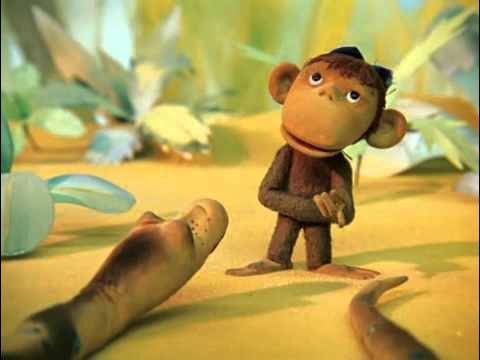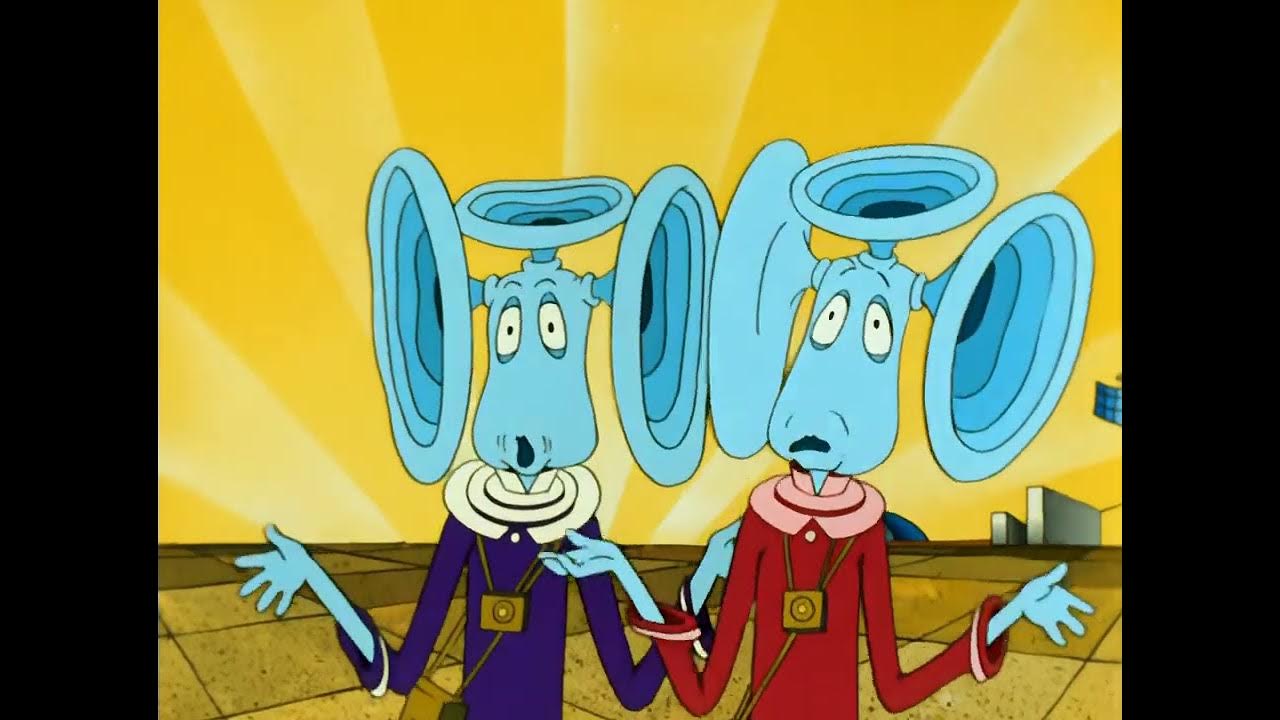Of course, I’m busy not only with animation too, but I’m going to keep posting cartoons or puppet-animated films from time to time, because some of them do have English subtitles and even bright colors 
Today it is
“38 Parrots” (directed by Ivan Ufimtsev)
One episode has English subtitles. It can be watched separately from other episodes.
(if you don't see the subtitles, you need to press the button in the bottom part of the screen)

 www.youtube.com
www.youtube.com
And in this video the episodes go one by one, but they have no translation
 www.youtube.com
www.youtube.com
Today it is
“38 Parrots” (directed by Ivan Ufimtsev)
One episode has English subtitles. It can be watched separately from other episodes.
(if you don't see the subtitles, you need to press the button in the bottom part of the screen)

38 popugaev - 38 popugaev (38 попÑгаев) (English subtitles)
еÑли Ð²Ñ Ð½Ðµ видиÑе ÑÑбÑиÑÑÑ .пожалÑйÑÑа нажмиÑе ÐºÐ½Ð¾Ð¿ÐºÑ ÑÑNote: if you don't see the English subtitles, kindly press the cc button.To my dear friend Angelika K...
And in this video the episodes go one by one, but they have no translation
- YouTube
Auf YouTube findest du die angesagtesten Videos und Tracks. Außerdem kannst du eigene Inhalte hochladen und mit Freunden oder gleich der ganzen Welt teilen.



 I wasn't being serious, I was appreciating the cuteness of the cartoon, which I loved. The shy elephant wearing the cute glasses is charming, and the python himself was expertly animated with such natural expressions! My grandkids (who knew Grandma was teasing them as she often does) also watched it and are looking for more on Youtube
I wasn't being serious, I was appreciating the cuteness of the cartoon, which I loved. The shy elephant wearing the cute glasses is charming, and the python himself was expertly animated with such natural expressions! My grandkids (who knew Grandma was teasing them as she often does) also watched it and are looking for more on Youtube 

















